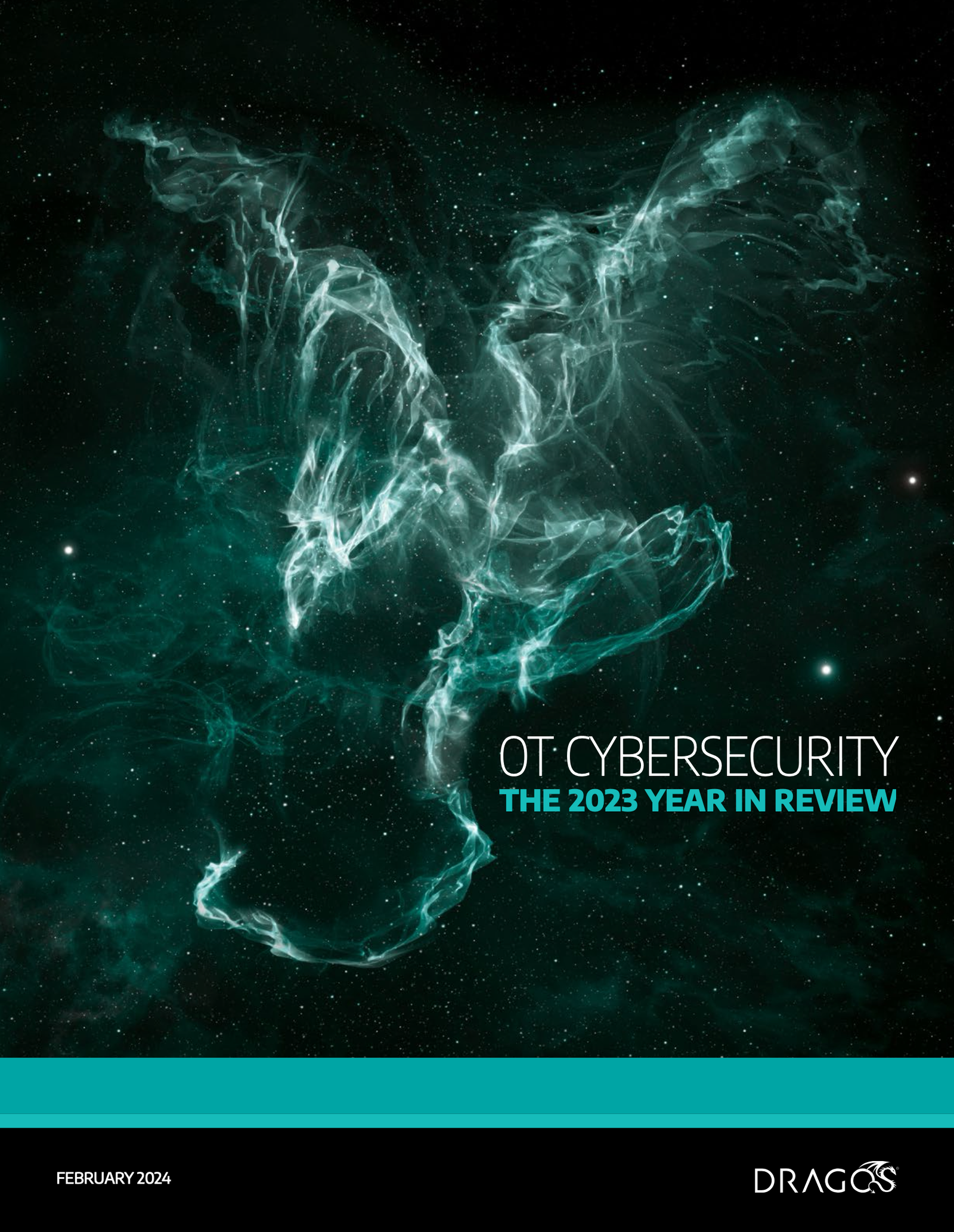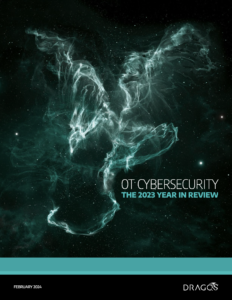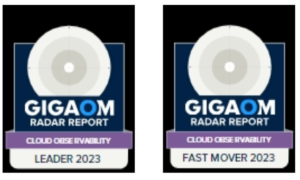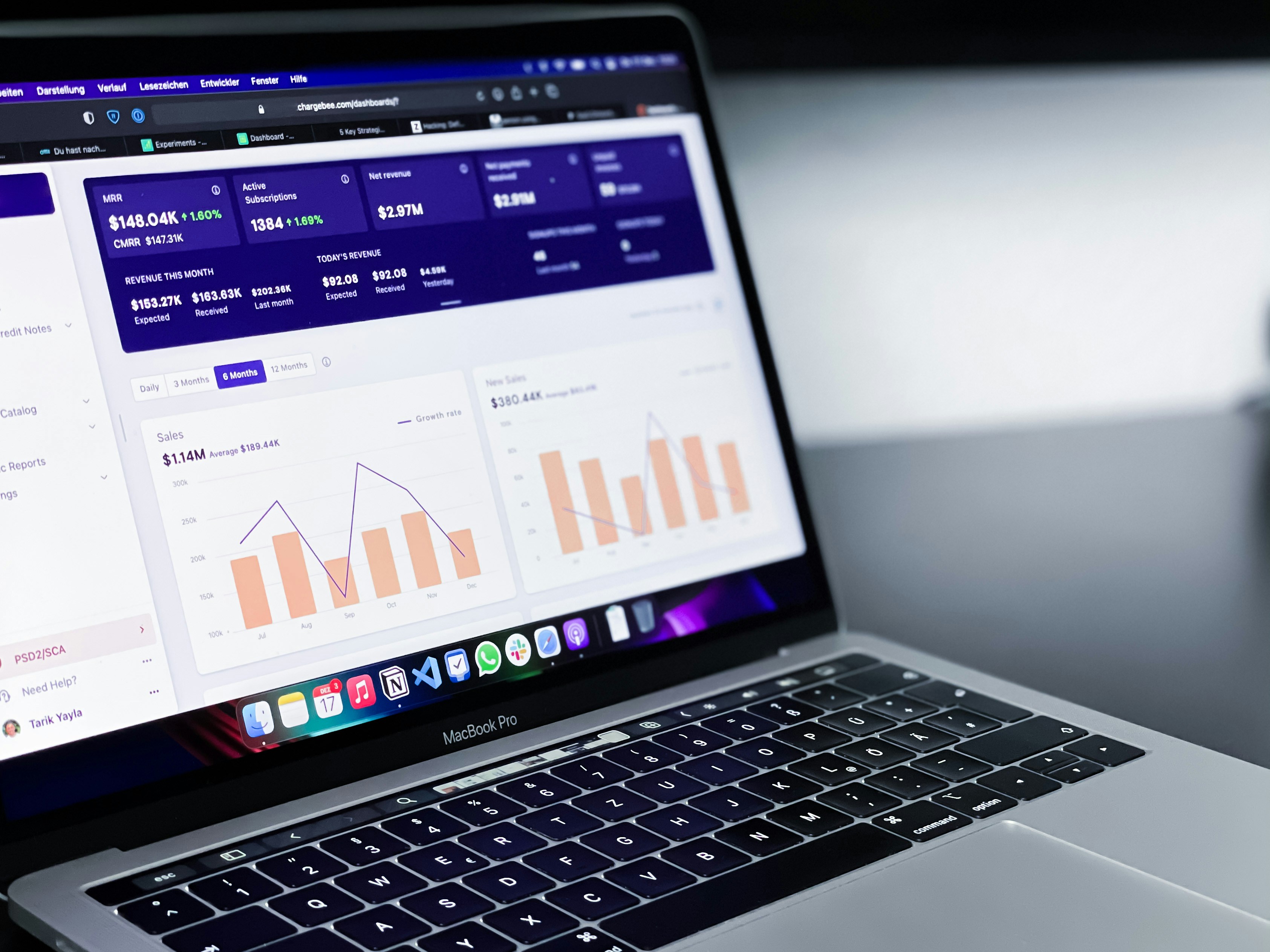
The 5G Revolution: Catalyzing a New Era of B2B Digitalization
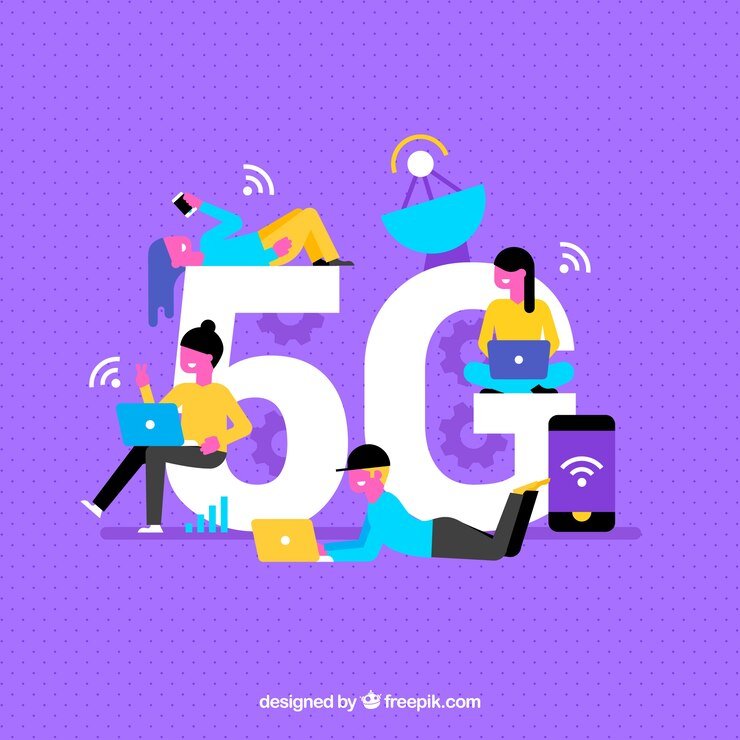
Introduction to the 5G Revolution
The advent of 5G revolution marks a pivotal moment in the evolution of telecommunications, heralding the 5G revolution-a new era characterized by unprecedented speed and connectivity. Unlike its predecessors, 5G not only offers higher data rates but also significantly reduces latency, enabling instantaneous communication and streamlined interactions between devices. By leveraging advanced technologies such as beamforming, massive MIMO, and millimeter waves, 5G networks can provide improved performance even in densely populated areas.
One of the most compelling aspects of 5G revolution is its ability to support a vast number of connected devices simultaneously. This enhanced capacity is essential for the emerging Internet of Things (IoT), where numerous devices need to communicate seamlessly to optimize functions in various sectors, including healthcare, manufacturing, and transportation. The increased network efficiency allows businesses to capitalize on real-time data exchange and analytics, ultimately driving innovation and productivity in their operations.
Moreover, the 5G revolution is poised to enable new applications that were previously unimaginable. For instance, augmented reality (AR) and virtual reality (VR), which require substantial bandwidth and low latency, can thrive in a 5G environment, paving the way for transformative experiences in training, marketing, and customer engagement. As businesses adopt 5G, they will find that their operational capabilities are not only enhanced but also aligned with the demands of a rapidly digitalizing world.
Furthermore, 5G’s impact transcends mere connectivity improvements; it has the potential to reshape various business models and strategies. Companies looking to harness the power of 5G will need to rethink their digital approaches, focusing on integrating advanced technologies that drive efficiency and effectiveness. In this context, 5G serves as a catalyst for a broader digital transformation, encouraging organizations to embrace new opportunities and compete in an increasingly technology-driven landscape.
Understanding 5G Technology
Fifth-generation wireless technology, commonly known as 5G, represents a groundbreaking leap in telecommunications and stands at the forefront of the 5G revolution, significantly enhancing connectivity and efficiency across various sectors. At the core of the 5G revolution are several key components that distinguish it from its predecessors. One of the primary advancements is the utilization of the millimeter-wave spectrum. This frequency range, which encompasses bands above 24 GHz, enables significantly faster data transmission rates and heightened bandwidth. The higher frequency allows 5G networks to support a greater number of devices simultaneously, addressing the growing demands of urban populations and the Internet of Things (IoT).
Another important aspect of 5G technology driving the 5G revolution is the deployment of small cells. These compact base stations are strategically placed throughout urban areas to bolster network coverage and capacity. Unlike traditional cell towers that have extensive coverage areas, small cells operate over short distances, providing improved signal quality and connectivity in densely populated regions. This densification, made feasible through the establishment of small cells, is crucial for realizing the overall potential of 5G networks.
Furthermore, network slicing emerges as a transformative feature of 5G technology, further propelling the 5G revolution. It facilitates the creation of multiple virtual networks within a single physical infrastructure, allowing telecom operators to tailor services to specific business needs. For instance, a slice could be allocated for a critical healthcare application requiring ultra-reliable low-latency communication, while another could serve high-bandwidth applications like virtual reality gaming. This level of customization exemplifies how 5G can address diverse operational requirements more efficiently than prior generations.
The 5G revolution also gains momentum through the implementation of standards set forth by the International Telecommunication Union (ITU). The ITU defines the technical specifications and international benchmarks that ensure interoperability and compliance across various providers. These standards not only underpin the advanced capabilities of 5G but also differentiate it from earlier wireless technologies, marking a significant milestone in the evolution of digital communication.
In essence, the 5G revolution is not merely an upgrade in speed—it is a catalyst for innovation, reshaping how industries operate and how individuals connect in an increasingly digital world
The Business Case for 5G
The advent of 5G technology heralds significant economic implications for businesses across numerous sectors. With its promise of faster data speeds and lower latency, 5G enables transformative applications that enhance operational efficiency and create cost savings. Businesses can leverage these benefits to streamline their processes, ultimately leading to reduced operational costs and improved resource management.
One of the primary advantages of 5G revolution lies in its potential to automate processes. Automation enables organizations to minimize human error and increase productivity. In sectors such as manufacturing, 5G facilitates connectivity among devices, allowing for real-time communication between machinery and central systems. This interconnectivity promotes immediate responses to operational demands and maintenance needs, thus minimizing downtime and increasing throughput.
Furthermore, the logistics industry stands to gain substantially from the implementation of 5G. With enhanced tracking and monitoring capabilities, companies can optimize supply chain processes, leading to faster deliveries and improved customer satisfaction. Real-time data analytics powered by 5G can also foresee and mitigate risks associated with logistics operations, allowing companies to adjust to market conditions swiftly and effectively.
In healthcare, 5G revolution provides the necessary infrastructure to support telemedicine and remote patient monitoring solutions. These applications can significantly reduce operational costs by minimizing hospital visits and optimizing staff allocation. This technology not only benefits healthcare providers but also enhances patient experiences, ultimately expanding the market for innovative health solutions.
Finally, retail businesses can leverage 5G to create immersive customer experiences through augmented and virtual reality applications. This capability allows for more engaging shopping experiences while paving the way for new revenue streams. The retail sector can harness 5G’s capabilities to personalize customer interactions and enhance buyer engagement, further driving sales and customer loyalty.
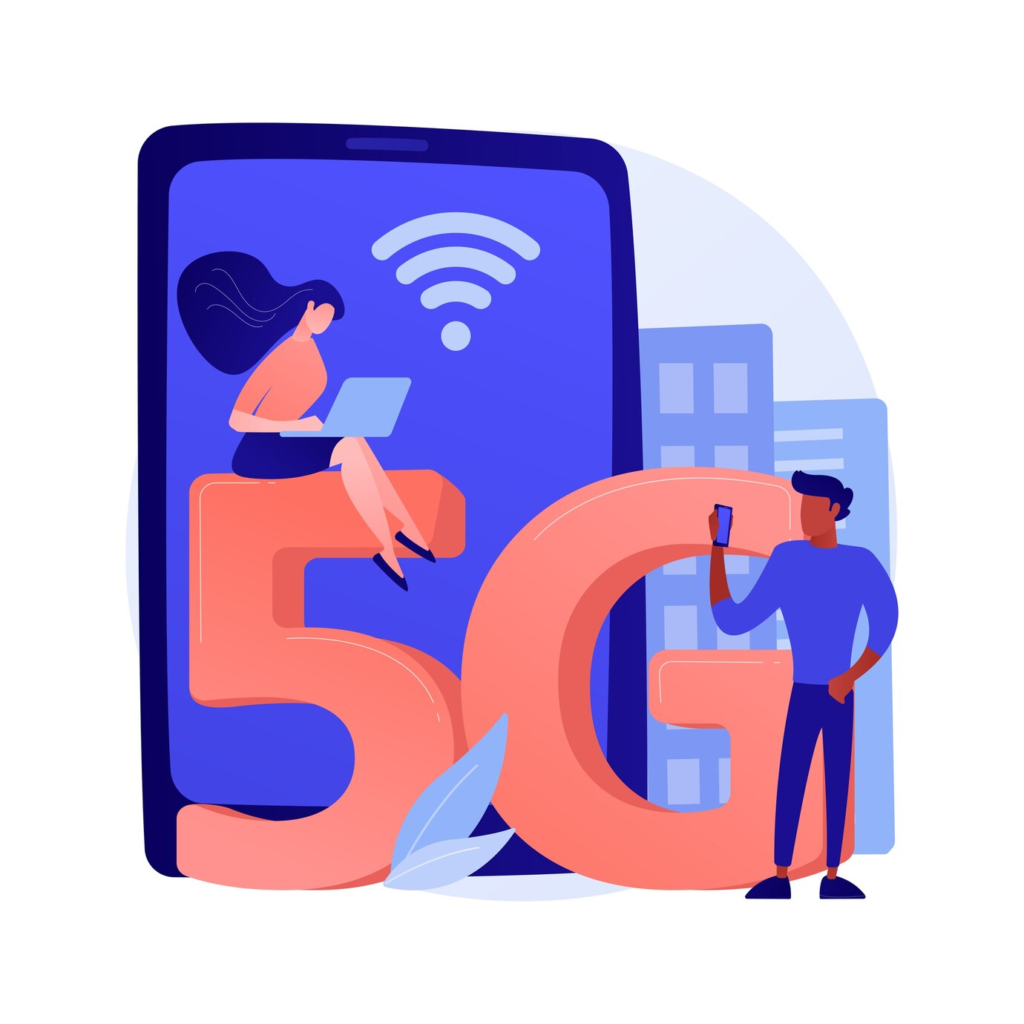
Impact on B2B Digitalization
The advent of 5G revolution is poised to significantly influence the landscape of business-to-business (B2B) digitalization. One of the primary benefits of 5G is its ability to provide enhanced connectivity. This increased bandwidth and reduced latency facilitate an environment where large amounts of data can be transmitted rapidly and efficiently. Consequently, businesses can better manage their data, capitalize on real-time analytics, and improve their overall operational efficiency.
With the 5G revolution organizations can expect improved data management capabilities. The ability to collect, process, and analyze data at unprecedented speeds enables firms to leverage insights that were previously unattainable. Real-time data analytics help B2B firms identify trends, optimize supply chains, and make informed decisions quickly. This agility not only accelerates decision-making processes but also enhances a company’s ability to respond to market fluctuations promptly.
Moreover, the seamless communication that 5G facilitates between businesses and their partners is transformative. Companies can now integrate their operations more closely, leading to collaborations that enhance productivity and innovation. The capability to connect a multitude of devices simultaneously, often referred to as the Internet of Things (IoT), can invigorate operational workflows. For instance, connected machinery in a manufacturing scenario can communicate data instantaneously, optimizing maintenance schedules and reducing downtime.
Additionally, as the 5G revolution drives B2B digitalization forward enhanced connectivity allows for improved systems integration across various platforms. This integration fosters a coherent network of operations and communications, ultimately leading to elevated customer satisfaction and loyalty. Thus, 5G serves as a formidable catalyst for digital transformation in the B2B sector, heralding a future where businesses can operate at maximum efficiency and effectiveness, driven by superior technology and connectivity.
Case Studies: Companies Leading the 5G Charge
As industries evolve, numerous companies are harnessing the transformative capabilities of the 5G revolution to enhance their operations and deliver superior services. This section will explore prominent case studies illustrating how businesses in various sectors are leveraging 5G for competitive advantage.
In the automotive sector, one notable example is Tesla. The company has integrated 5G technology into its smart factories, enabling real-time data analytics and automation of production lines. The implementation of 5G facilitates seamless connectivity between machines and systems, resulting in improved efficiency, reduced downtime, and enhanced quality control. This advancement not only accelerates manufacturing processes but also positions Tesla as a leader in innovative automotive solutions.
Logistics companies are also at the forefront of the 5G revolution. DHL, a global leader in logistics, has deployed 5G networks to enhance real-time tracking capabilities across its supply chains. With the ability to monitor shipments more accurately, DHL improves transparency and operational efficiency. Furthermore, the integration of augmented reality (AR) applications assists warehouse staff in locating items quickly and optimizing packing processes, thus minimizing errors and expediting shipment times.
The healthcare sector benefits significantly from 5G advancements as well. Companies like Philips are pioneering telemedicine solutions powered by 5G connectivity. Through high-speed networks, healthcare providers can conduct remote consultations with patients, enabling timely access to medical advice and reducing the burden on local healthcare facilities. This innovative approach not only enhances patient care but also opens new revenue streams for healthcare institutions.
These examples underscore the versatility and far-reaching implications of 5G technology across industries. As more companies adopt this transformative technology, it is clear that 5G is not only reshaping operational models but also driving forward the digitalization of B2B processes.
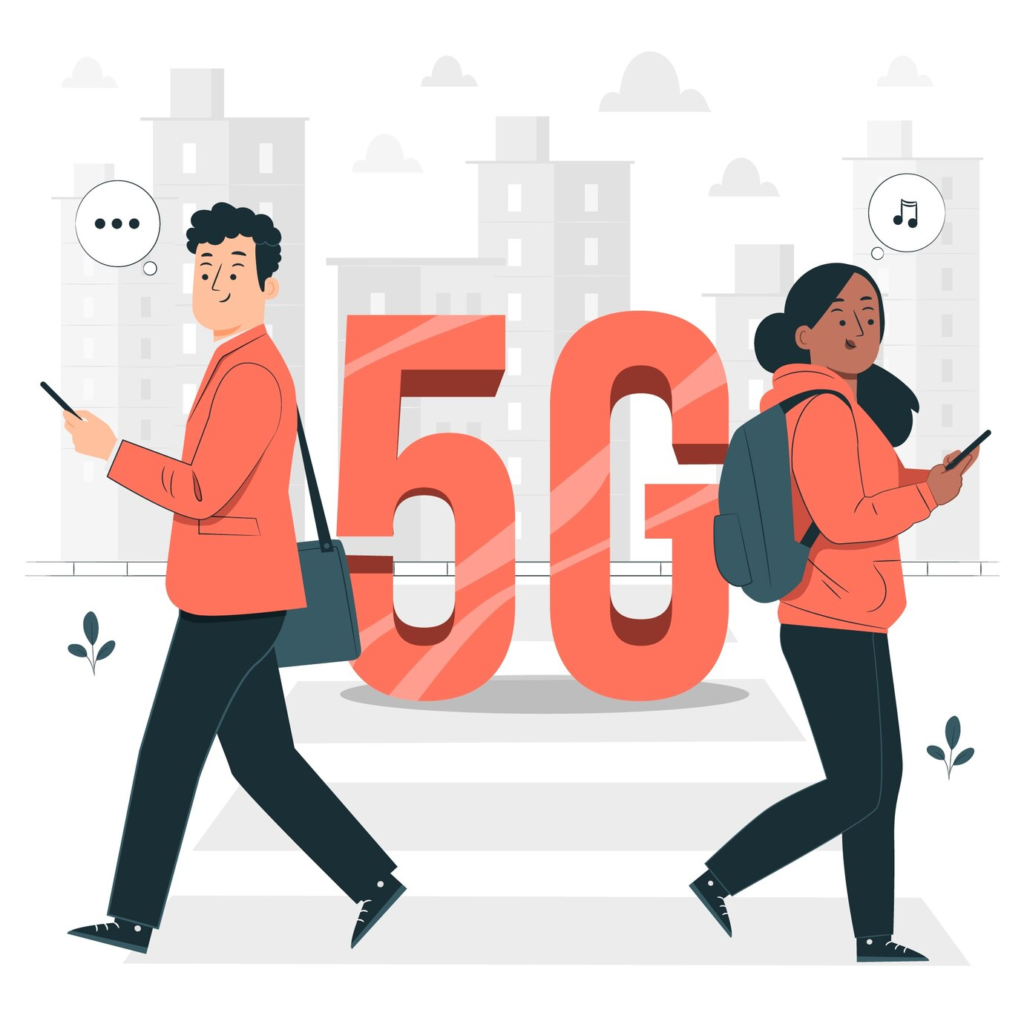
Challenges and Considerations of 5G Adoption
The advent of 5G revolution presents transformative opportunities for businesses, yet its integration is fraught with challenges that necessitate careful consideration. Firstly, the financial implications associated with establishing the requisite infrastructure can pose significant hurdles. The rollout of 5G requires investments in new hardware and software, base stations, and network enhancements. These costs can be prohibitive, particularly for small to medium-sized enterprises that may not have the resources available. It is essential for businesses to develop a clear financial strategy, possibly leveraging public-private partnerships or grants, to mitigate these expenses.
In addition to infrastructure costs, cybersecurity concerns loom large in the 5G revolution . The increased connectivity and data exchange inherent in 5G networks may expose businesses to heightened risks of cyberattacks. With more devices connected to the network, the potential attack surface expands, necessitating robust cybersecurity measures. Companies must prioritize investing in advanced security solutions and ensuring that staff are adequately trained in recognizing and mitigating threats. This proactive approach can help protect sensitive data and maintain customer trust.
Another significant challenge is the complexity of transitioning from existing systems to 5G networks. Organizations often operate on legacy systems that were not designed to exploit the benefits of 5G. This necessitates strategic planning and potentially a phased approach to avoid disruption of business operations. Developing a comprehensive roadmap that includes necessary updates, staff training, and stakeholder engagement is essential for ensuring a seamless transition. Moreover, collaborating with technology partners can provide valuable insights and support during this process.
In conclusion, while the adoption of 5G technology offers great potential for innovation and efficiency, the challenges of infrastructure costs, cybersecurity risks, and system transitions cannot be overlooked. By taking a strategic approach to these obstacles, businesses can enhance their likelihood of successful 5G implementation, ultimately opening up new avenues for growth and digital transformation.
Future Trends in B2B with 5G
The advent of 5G technology is set to transform the landscape of Business-to-Business (B2B) digitalization significantly. As organizations continue to embrace digital transformation initiatives, the integration of 5G with Artificial Intelligence (AI) and machine learning will play a pivotal role in enhancing operational efficiencies. With the capabilities of 5G, businesses can expect improvements in real-time data processing and analytics, enabling more informed decision-making and responsive strategies that anticipate market changes and customer demands.
Furthermore, the rise of edge computing, fueled by 5G, presents an opportunity to decentralize data processing. This shift allows data to be processed closer to the source, effectively reducing latency and increasing operational speed. For businesses utilizing devices powered by the Internet of Things (IoT), this means faster response times and enhanced connectivity across the enterprise. Consequently, industries such as manufacturing, logistics, and healthcare can leverage these advancements to optimize supply chains, monitor equipment health in real-time, and streamline patient care services.
In addition, the acceleration of IoT and the Industrial Internet of Things (IIoT) is profoundly influenced by the capabilities of 5G networks. The technology supports a myriad of devices with high data transfer rates, enabling organizations to integrate various sensors and smart devices into their operations. This vast interconnected network empowers businesses to gain deeper insights into their processes, improve resource allocation, reduce operational costs, and create new revenue streams. As a result, organizations that effectively harness 5G technology will likely lead the charge in innovation, driving significant advancements in their respective industries.
5G Regulations and Policies
The introduction of 5G technology has prompted a significant evolution in regulatory frameworks and government policies worldwide. National and international regulatory bodies are at the forefront, shaping the landscape of 5G deployment through various policies aimed at promoting infrastructure development, ensuring fair competition, and protecting consumer interests. Spectrum allocation is a critical aspect of these regulations, as it determines which frequency bands can be utilized for 5G services. Governments are allocating these invaluable resources through auctions or licensing processes, aiming to maximize efficiency and promote innovation among telecommunications providers.
Moreover, regulatory bodies are establishing international standards that govern the deployment and interoperability of 5G technology. These standards aim to facilitate seamless global connectivity and ensure that devices from different manufacturers can communicate effectively. Organizations such as the International Telecommunication Union (ITU) and the 3rd Generation Partnership Project (3GPP) are instrumental in this regard, crafting policies that address technical specifications, network architecture, and user security protocols.
The impact of these regulations on businesses is substantial. For instance, stringent compliance requirements may initially pose challenges for companies seeking to adopt 5G solutions, particularly for small and medium enterprises that may lack the necessary resources. However, as the regulatory environment matures, businesses stand to benefit from the increased connectivity and enhanced capabilities that 5G promises. The technology can drive operational efficiency, enable the Internet of Things (IoT), and bolster data-driven decision-making processes.
As countries continue to roll out their 5G networks, the alignment of national policies with international standards will be crucial. This coordination will not only expedite the deployment process but also create a level playing field for companies engaged in the marketplace. The landscape of 5G regulations and policies is thus evolving rapidly, with governments recognizing the importance of fostering an ecosystem that supports technological advancement while safeguarding public interests.
Conclusion: Embracing the 5G Future in Business
The advent of 5G technology marks a pivotal moment in the evolution of business operations and digitalization. This advanced telecommunications standard is set to revolutionize the way organizations interact, function, and drive innovation. With enhanced speeds, improved connectivity, and reduced latency, 5G presents unprecedented opportunities for enhanced productivity and efficiency. Companies that adapt to this new technological landscape stand to gain a competitive edge, as they can harness the capabilities of 5G to transform existing processes and develop new services.
However, embracing 5G is not merely a matter of updating hardware or software; it requires a comprehensive strategy that aligns technological advancements with business objectives. Organizations must proactively assess their readiness to integrate 5G into their operations. This includes investing in infrastructure, re-evaluating supply chains, and enhancing cybersecurity measures to protect against the increased connectivity risks associated with 5G networks. Furthermore, fostering a culture of innovation within teams is crucial, as employees require training and support to adapt to new tools and technologies that leverage 5G capabilities.
As businesses navigate this transition, they are encouraged to think strategically about how to optimize the use of 5G technology in their operations. Areas such as IoT implementation, remote collaboration, and data analytics can be greatly enhanced by the capabilities of 5G, leading to more informed decision-making and improved customer engagement. It is also essential to monitor industry trends and stay informed about evolving 5G applications to remain competitive.
Ultimately, the successful implementation of 5G technology will depend on a business’s commitment to innovation and its ability to remain agile in a rapidly changing digital environment. By proactively embracing the opportunities presented by 5G, businesses will position themselves for sustainable success in the future.











